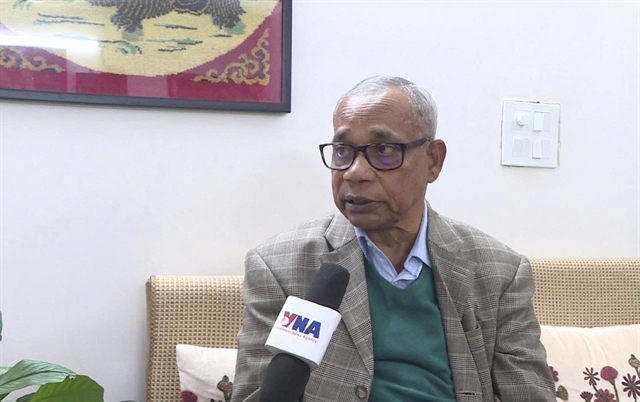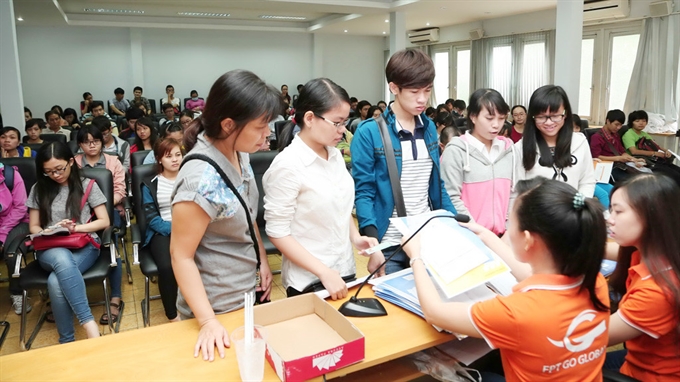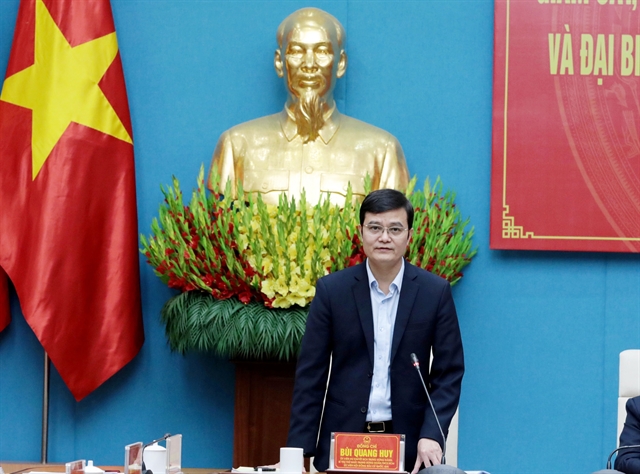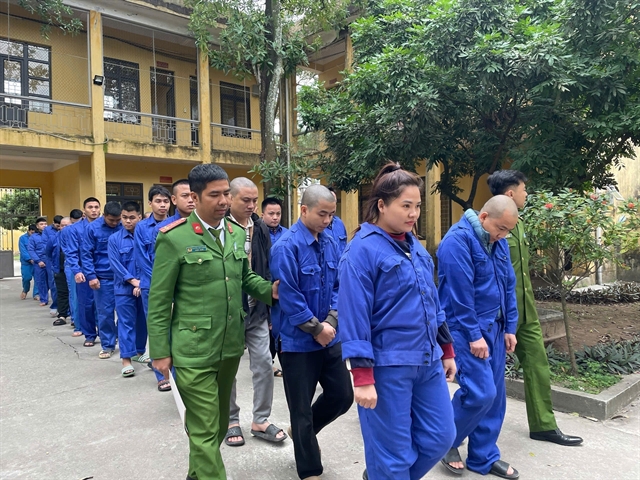 Opinion
Opinion

IT applications will considerably expand tertiary options for students in 2017, Education and Training Minister Phùng Xuân Nhạ tells the Tiền Phong (Vanguard) newspaper.
 |
IT applications will considerably expand tertiary options for students in 2017, Education and Training Minister Phùng Xuân Nhạ tells the Tiền Phong (Vanguard) newspaper. — Photo thanhnien.vn |
IT applications will considerably expand tertiary options for students in 2017, Education and Training Minister Phùng Xuân Nhạ tells the Tiền Phong (Vanguard) newspaper.
What’s the rationale for changes planned in conducting the national university and college entrance exams next year?
Though no final decision has been taken yet on the changes, I want to say that the ministry is continuing with the 2016 test model, and introducing changes that will improve the process as well as choices for students.
Now, if a 12th grader just wants a general school certificate, she/he should apply to the local Department of Education and Training to sit for the test. Those wanting to pursue higher education should apply to the concerned universities or colleges to sit for the exams.
However, based on what happened last July, the ministry felt that it was unnecessary to divide into two the group of students sitting for tests in one locality. So it has come up with the idea of having one test site for both: those wanting just a general school graduate certificate and those trying to get seats in colleges or universities.
In feedback we collected from education sector staff on results of the tests in 2016, we found that the majority felt that students still tended to cram only for subjects likely to feature in the tests’ questions. So we think it is advisable to make changes that will prevent this narrowed focus. The use of Information Technology (IT) advances, particularly for multiple choice questions, will help in this regard.
To make the marking of tests fair for all students, IT applications will be used for some subjects including math, social science, humanities and foreign languages. So the students will do the test on paper, but IT applications will be used to mark the test. This will hopefully limit outside influence in the marking process.
The Ministry will try to overcome weaknesses and constraints of previous years while ensuring high quality of the tests and testing process in the coming academic year.
There will be one significant difference. If in the 2016 school year, each student could apply only for two colleges/universities and four faculties, in 2017, there will be no such limits. Each student can apply for as many faculties and institutions as she/he wants, thanks to the application of IT software.
Several people are anxious about the word “reform” used by the Ministry. How would you respond?
Let me clarify that our plan for 2017 is not totally new. The basics remain the same as last year, with some improvements. I don’t think a new plan is needed for each year.
I also want to emphasise that the key objective of the Government’s Resolution on fundamental and comprehensive reform of the education sector is to move away from the top-down, teacher to student transfer of knowledge and introduce new methods including self-learning. The idea is very simple.
As we all know, reform is a process. And the process must have a road map and be sustainable as well as workable. It cannot be done overnight. With the education sector in particular, the results of reforms cannot be seen immediately. It could take almost a decade to see good results. Or they could become apparent in a few years. So I urge all stakeholders to be patient. —VNS




.jpg)